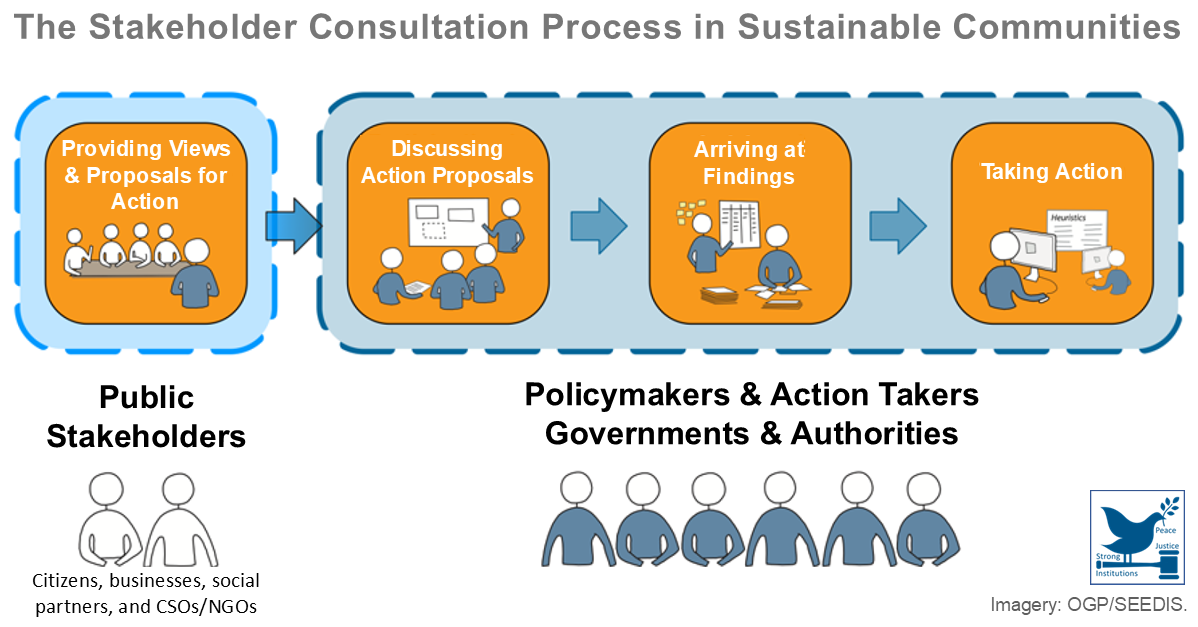GRESB. "SDGs: Answering the Big Questions for the Real Estate Industry – What, Where, Why and How?". Accessed December 11, 2021. https://gresb.com/...
 Sustainable development goals (SDGs) provide comprehensive sustainable development criteria along a property's value chain and whole-life cycle. Since the real estate industry is chiefly responsible for the development and management of property, it must also lead the environmental stewardship of the built environment. Building the SDGs into the strategy allows for their effective management as goals. But, an agenda centered on all 17 SDGs is proving too broad, complex or immaterial for businesses to properly address. To determine which SDGs are material, an environmental management system (EMS) is used to ensure programs are aligned and managed through a coordinated strategy.
Sustainable development goals (SDGs) provide comprehensive sustainable development criteria along a property's value chain and whole-life cycle. Since the real estate industry is chiefly responsible for the development and management of property, it must also lead the environmental stewardship of the built environment. Building the SDGs into the strategy allows for their effective management as goals. But, an agenda centered on all 17 SDGs is proving too broad, complex or immaterial for businesses to properly address. To determine which SDGs are material, an environmental management system (EMS) is used to ensure programs are aligned and managed through a coordinated strategy.
Posted on 11/12/21
Recent Abstracts
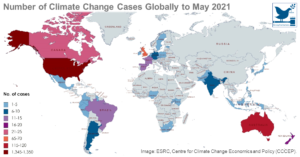
Taking Governments to Court: Climate Litigation and Its Consequences
Climate legal action is increasingly being taken against national governments. Litigation has successfully forced some countries to radically improve on their commitments to tackle the effects and limit the extent of anthropogenic climate change. This paper examines three recent European cases that produced landmark ...
Posted on 23/04/22
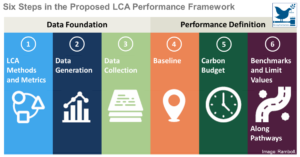
Towards Embodied Carbon Benchmarks for Buildings in Europe – Summary Report
Developers, investors and policymakers must respond with urgency to the threatening climate and ecosystem crisis and set targets aligning with the 2015 Paris Agreement. All participants in the new-build and building renovation value chain must cooperate to establish a standard performance system based on sustainable a ...
Posted on 21/04/22
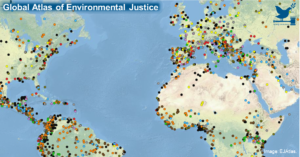
Environmental Conflicts and Defenders: A Global Overview
Environmental defenders are individuals and collectives who take action to protect the environment and to protest unjust and unsustainable use of resources. This paper provides insight on the characteristics of environmental conflicts, the engaged environmental defenders, and successful mobilization strategies. The p ...
Posted on 19/04/22

IPCC WGII Sixth Assessment Report – Technical Summary
There are various global temperature rise and ecosystem impact scenarios, representing uncertainty that affects climate change exposure and vulnerability. This IPCC report summarizes the current understanding of observed climate change impacts on ecosystems, human societies and their cities, settlements, infrastructur ...
Posted on 16/04/22
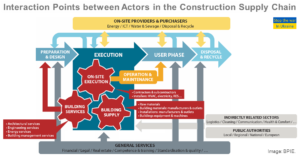
Barriers to Achieving Sustainable Construction Project Procurement in the Private Sector
Sustainable procurement management (SPM) as an approach to integrating sustainability into construction projects that takes into account the social, ecological, and economic consequences of procurement decisions. This study recognizes several challenges that obstruct the effective interaction between stakeholders in a ...
Posted on 14/04/22
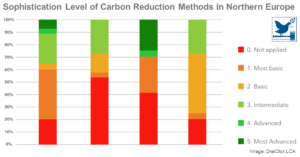
Life Cycle Assessment of Building Materials for a Single-family House in Sweden
This study demonstrates the environmental impact of building materials from production and construction, including transport, replacement and deconstruction, for a single-family house in Sweden. It focused on building materials, materials transport, replacement of essential construction materials, and the environmenta ...
Posted on 12/04/22
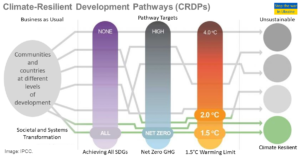
Climate Change 2022: Mitigation of Climate Change – Summary for Policymakers
Under 3.2 °C warming, 49% of insects, 44% of plants and 26% of vertebrates are at great risk of extinction. Best-case scenarios lead to a median range of 2.9–3.2°C in 2100 for current policies and 2.4–2.9°C in 2100 for 2030 pledges. If the targets were promptly and fully implemented, some estimate this could bring te ...
Posted on 10/04/22
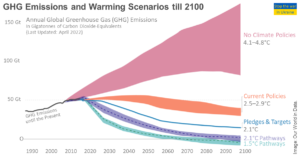
Climate Change 2022 – Mitigation of Climate Change
The world will warm by 3.2°C this century even if all the policies to cut carbon that governments have so far adopted were fully implemented. The high overshoot will increase climate risks for vulnerable regions and societies, causing unprecedented heatwaves, terrifying storms, and widespread water shortages and irrev ...
Posted on 09/04/22
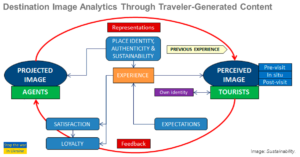
Determining the Sustainability Factors and Performance of a Tourism Destination from the Stakeholders’ Perspective
The development and construction of sustainable tourism destinations ensure that the long-term quality performance of their environment and community life will be sustained. Sustainability is key to managing and maintaining the image and competitiveness of tourism destinations. This study focuses on the future environm ...
Posted on 07/04/22
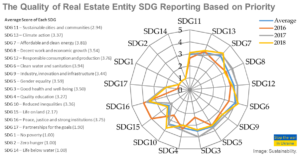
The Involvement of Real Estate Companies in Sustainable Development—An Analysis from the SDGs Reporting Perspective
Most real estate entities lack the strategy, culture and tools to realize their professed sustainability aspirations. They present their intentions mostly qualitatively and report few quantitative key performance indicators (KPIs) that reveal the degree of achieving such priority Sustainable Development Goals (SDGs) a ...
Posted on 31/03/22
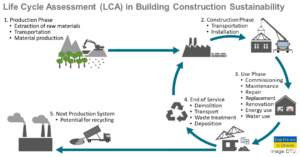
A Methodological Framework for Life Cycle Sustainability Assessment of Construction Projects Incorporating TBL and Decoupling Principles
In construction projects, integration of the three social, economic, and environmental aspects of the triple bottom line (TBL) principle is challenging. Green building rating schemes, such as LEED and BREEAM, fail to fully consider the projects' life cycle sustainability. This study presents a sustainable constructio ...
Posted on 29/03/22
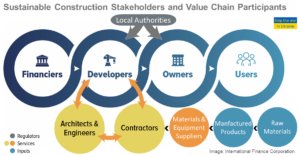
Construction Industry Value Chain
The global construction industry is the world’s largest consumer of raw materials. Construction accounts for 25%–40% of total carbon emissions globally. Companies across all sectors of the construction value chain are embedding sustainability into their operations and products, developing innovative green products, a ...
Posted on 24/03/22
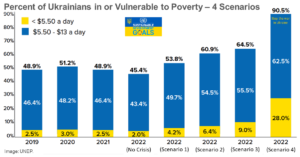
The Development Impact of the War in Ukraine: Initial Projections
The United Nations Development Programme (UNDP) says that the war is demolishing over two decades of economic progress. It reports that at least $100 billion of infrastructure, buildings, roads, bridges, hospitals, schools, and other built assets have already been destroyed by the war. The UNDP says that the impact o ...
Posted on 23/03/22
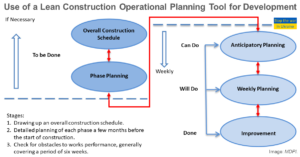
Lean Construction Concept Used to Develop Infrastructure Facilities for Tourism Clusters
Lean construction increases the efficiency of developing infrastructure facilities for tourism destinations. This study proposes the methodological approach to the implementation of megaprojects of tourism clusters based on the lean construction concept. It is to serve as the basis for organizing and planning developme ...
Posted on 22/03/22

An Architecture Guide to the UN 17 Sustainable Development Goals Volume 2
Architecture and architects play a major role in developing sustainable cities and the built environment to achieve the 17 UN Sustainable Development Goals (SDGs). This extensive collection of architectural projects across the world illustrates how architecture and architects can contribute to each of the SDGs. The 8 ...
Posted on 21/03/22

